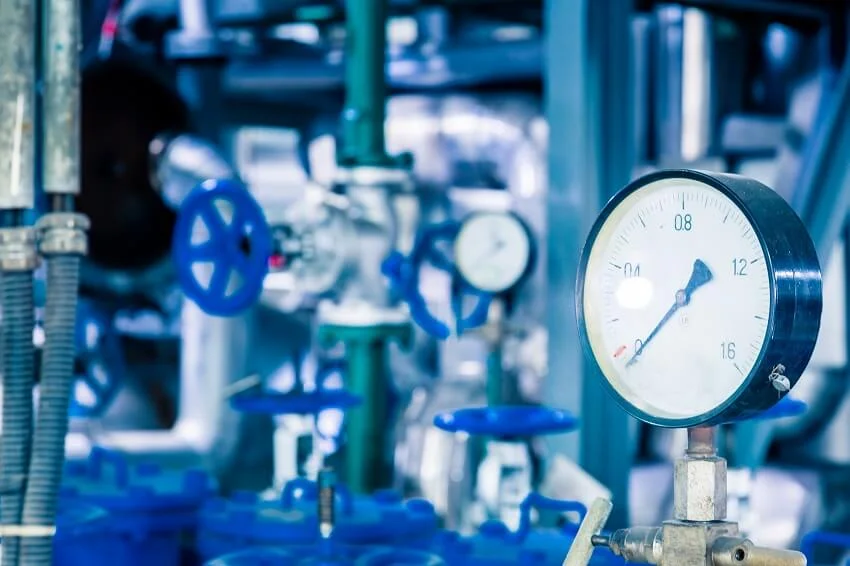The Internet has transformed the world. Every day there are more smart devices that connect to the internet and help solving different tasks. For example, dimmers, smart doors, home sensors, cost efficient cars, and so. A myriad of devices that thanks to technology and the interconnection between them, result in improving daily activities, facilitating processes and optimizing daily tasks.
To dig into this fascinating world of IoT, we should understand the basics. To begin with, let’s talk about smart devices, which must have the physical characteristics of a hardware that allow the integration of software, and sensors or circuits that facilitate connection, analysis and communication through the Internet.
Smart devices must be able to interconnect with its environment so they have the capacity to fulfill certain functions of the users from the data exchange.
Internet of Things
Now, the Internet of Things goes beyond connecting simple objects among them. It is a whole system with an architecture of sensors, integrated circuits, actuators and connectivity; which exchanges data between smart devices in order to perform an autonomous task.
Applications of the IoT
In order to understand it better, let’s see an example: the use of smart IoT devices for gardening or landscaping. Devices that monitor and manage the activities in that specific space; gadgets with sensors that can record data, such as sunlight, rain, temperature and humidity.
A meticulous step-by-step of the architecture of the IoT system, which fulfills a specific task autonomously. For instance, the irrigation system, the insecticide or the fertilizer at the adequate time and amount, that is, the garden maintenance.
Finally, the devices will be able to communicate these data and activities in real time. For example, a notification about the state of the garden will pop up on your smartphone so you can take some type of additional action if you need to.
IoT Architecture
The IoT architecture system allows all the components to be engaged in an organized way through work layers. In order to gather data from the environment, recognize it, analyze it, and based on this, take an autonomous action on a scheduled activity. For example: opening/closing doors, turning machinery on/off, or sending information. That is, tasks that add a level of intelligence to autonomous devices.
All smart devices of the Internet of Things, without exception, need an architecture to interconnect and execute a certain programmed and autonomous task, which usually includes massive physical and virtual features and can be listed in several layers:
- Physical layer: The sensors and circuits are responsible for receiving information from the environment. Continuing with the gardening example, this first step gathers data like temperature, humidity, rain and sunlight.
- Communication layer: Once the information on the environment is acquired, it must be compiled in a database and transferred through different communication channels. For example: 3G, 4G and latest 5G; Wi-Fi or Bluetooth, and so forth. Thus, the data is stored in the cloud. In the case of the IoT for gardening, it could be the daily report of climatological characteristics. In the end, these data will be used when necessary.
- Analysis layer: Massive data that have already been stored, will be now analyzed through data science, cleaned and structured, in order to: unify trends, find deficiencies or improvements. Clearly, having a more accurate knowledge of the environment.
- Machine learning: Development of machine learning techniques and intelligent use of data. In this layer, through algorithms, the architecture system acquires additional knowledge expertise.
- Action layer: The data is linked and ready for taking actions, through actuators, as for interaction with the environment. For example, opening the valve of the irrigation system at a specific time, or changing the temperature according to the environment conditions.
- Optimization layer: Use, review, and performance management of the Internet of Things smart device. Closing the example of smart devices in gardening, it would be shown as the ideal operation for the required autonomous activity; in this case, sustainable garden maintenance.
- Business layer: Implementation of the IoT by creating customized developments of smart devices for different business models, such as: AgroTech, industry, home, smart cities or e-mobility.
To summarize, the Internet will continue to grow and the architecture in the IoT system must be well planned and reviewed. It should be scalable and flexible, making possible to interconnect all of the parts of the IoT system.
The designing and implementation of smart devices must have an IoT architecture that is built over high-quality basic components, that above all are optimal and safe. As they must fulfill the main goal of technology, to ease daily tasks and optimize processes. These devices must be user friendly, secure and reliable, in order to improve people’s quality of life.
At DeepSea Developments we are experts in finding and designing Internet of Things solutions based on IoT architecture for multiple applications such as: IoT in industry, IoT in e-mobility, IoT in SmartCities, IoT in AgroTech and home automation.






